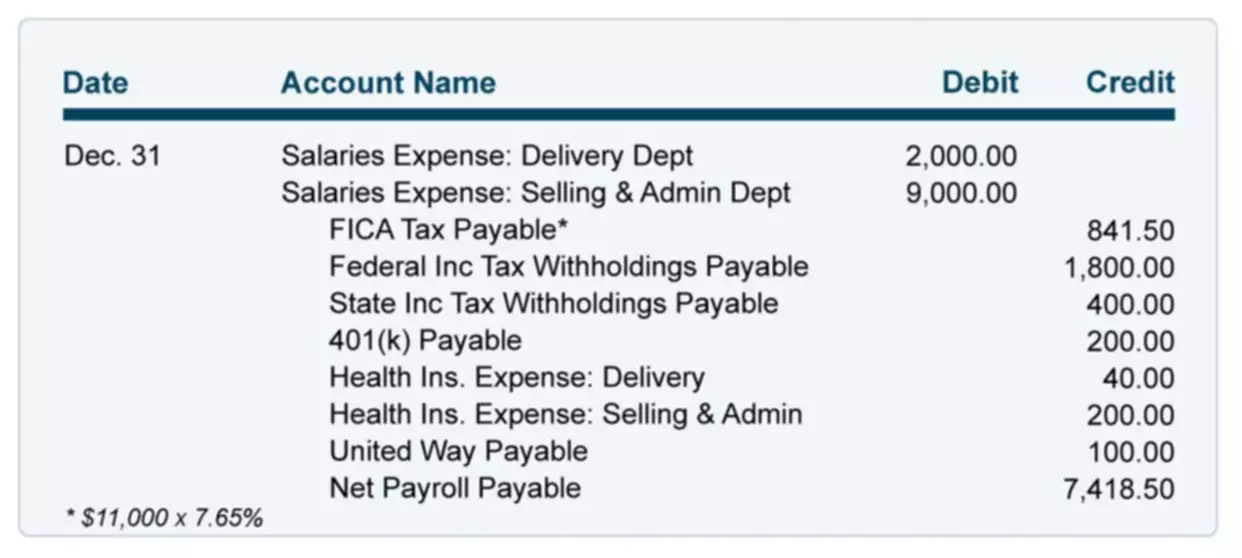Activity-Based Costing vs Absorption Costing: What’s the Difference?
Content

Once again, we’ve got the expected time in terms of machine hours and labour hours for Product X in department B, but the most important thing is our overhead absorption rate is $25 per labour hour. So, when we’re absorbing department B’s overheads into Product X, we have to pay attention to the labour hours per unit and in this case, that’s one labour hour. That gives us an overhead absorption rate of $25 per labour hour, and we now have a mechanism to absorb overheads into the products produced. So, if we had a product that was expected to use one labour hour of department B’s time, we would include $25 to cover the cost of department B’s overheads.
Cost of goods sold includes direct materials, direct labor, and variable and allocated fixed manufacturing overhead. From gross profit, variable and fixed selling, general, and administrative costs are subtracted to arrive at net income. It is the presentation that is typical of financial statements generated for general use by shareholders and other persons external to the daily operations of a business. To make informed decisions, managers need accurate information about the costs of producing goods and services. The two most common methods are standard cost accounting and absorption cost accounting.
What’s the Difference Between Variable Costing and Absorption Costing?
In order to determine the appropriate selling price, first, divide profit by the number of products. Add that number to the original product cost in order to achieve the correct product price. absorption costing With variable costing, all variable costs are subtracted from sales to arrive at the contribution margin. These costs are subtracted from sales to produce the variable manufacturing margin.

So, to work out this over or under absorption, first of all, we work out our overhead absorbed in the period. Here we take our actual hours and we multiply it by the departmental overhead absorption rate. Now again, this would depend on whether or not we had an overhead absorption rate which was based on machine hours or labour hours.
Why do profits differ from marginal and absorption costing?
In standard costing, a predetermined unit cost is used to value inventory, while all manufacturing costs are assigned to inventory in absorption costing. One key difference between these two costing methods is how they treat fixed costs. Under absorption costing, fixed costs are allocated to inventory and become part of the product cost. This can make it difficult to determine the true profitability of each product. On the other hand, marginal costing ignores fixed costs altogether, which means that all products appear to be equally profitable. The primary drawback of absorption costing is that it has the potential to inflate a company’s profitability during a specific accounting period. Absorption costing does not subtract fixed costs from revenues until all of the company’s manufactured products have been sold, leading to an artificially inflated profit margin.
How do you calculate absorption costing?
Absorption costing is calculated by determining the cost price and adding it to the profit margin.
It’s a very simple approach to absorb overheads into cost units; very simple in that it’s not overly detailed, it’s not overly complex. For each department we look at, we need to decide whether they are labour intensive or machine intensive. We work out an overhead absorption rate, and once we’ve got that we’ve got a nice simple mechanism to help us work out the estimated full production cost per unit for our products. There are a couple of different things that happen with an overhead absorption rate.
Absorption Costing: Examples
Please complete this reCAPTCHA to demonstrate that it’s you making the requests and not a robot. If you are having trouble seeing or completing this challenge, this page may help. Many or all of the products here are from our partners that pay us a commission. But our editorial integrity ensures our experts’ opinions aren’t influenced by compensation. Wetnight, R.B. https://www.bookstime.com/ Direct costing passes the future benefit test, NAA Bulletin, 39, August, 84. This process is experimental and the keywords may be updated as the learning algorithm improves. Hearst Newspapers participates in various affiliate marketing programs, which means we may get paid commissions on editorially chosen products purchased through our links to retailer sites.
- Remember, when we’re calculating an overhead absorption rate, we need to determine whether or not a department is labour or machine intensive, and you’ll see there the 20,000 figure for budgeted machine hours is involved.
- Fremgen, J.M. The direct costing — An identification of issues, The Accounting Review, January, 43–51; also in Contemporary Cost Accounting and Control (ed. G.J. Benston ), Dickenson , pp. 475–87.
- Absorption costing can be a useful tool for decision-making, but it’s important to remember that it has limitations.
- In contrast, under variable costing, fixed manufacturing overhead is not included in the product cost.
- The corporation’s income statement may indicate unaccounted-for costs, but the balance sheet would indicate that the company is profitable.
- Finally, remember that the difference between the absorption costing and variable costing methods is solely in the treatment of fixed manufacturing overhead costs and income statement presentation.
Thirdly, determine which part of the manufacturing overhead is variable. Organization’s Balance SheetA balance sheet is one of the financial statements of a company that presents the shareholders’ equity, liabilities, and assets of the company at a specific point in time. It is based on the accounting equation that states that the sum of the total liabilities and the owner’s capital equals the total assets of the company. Another advantage of using variable costing internally is that it prevents managers from increasing production solely for the purpose of inflating profit.
Some of the advantages include that it is Generally Accepted Accounting Principles compliant, offers potential strategic insights and includes all of the manufacturing expenses for a holistic costing perspective. However, some of the disadvantages include the potential for distortion of profitability, potential poor valuation of actual costs, and lack of insights provided about operational efficiency. In absorption costing, the cost of an individual unit produced will include direct materials, labor, and both fixed and variable manufacturing overhead costs.
Net income on the two reports can be different if units produced do not equal units sold. In terms of profit since the additional units would not cost the company an additional fixed cost. The total production overhead absorbed, therefore, is $65 across the two departments. With the process of primary apportionment or distribution, the loading of overheads for all the departments i.e. production as well as service departments can be obtained. The next step is to transfer the overheads of non-production departments to the production departments, as the various cost centers move through the production departments only.


